Arts & Culture
4 Restaurants in Cebu You Probably Haven’t Tried Yet
We check out some of the newest restaurants in the city that will inspire your wanderlust.
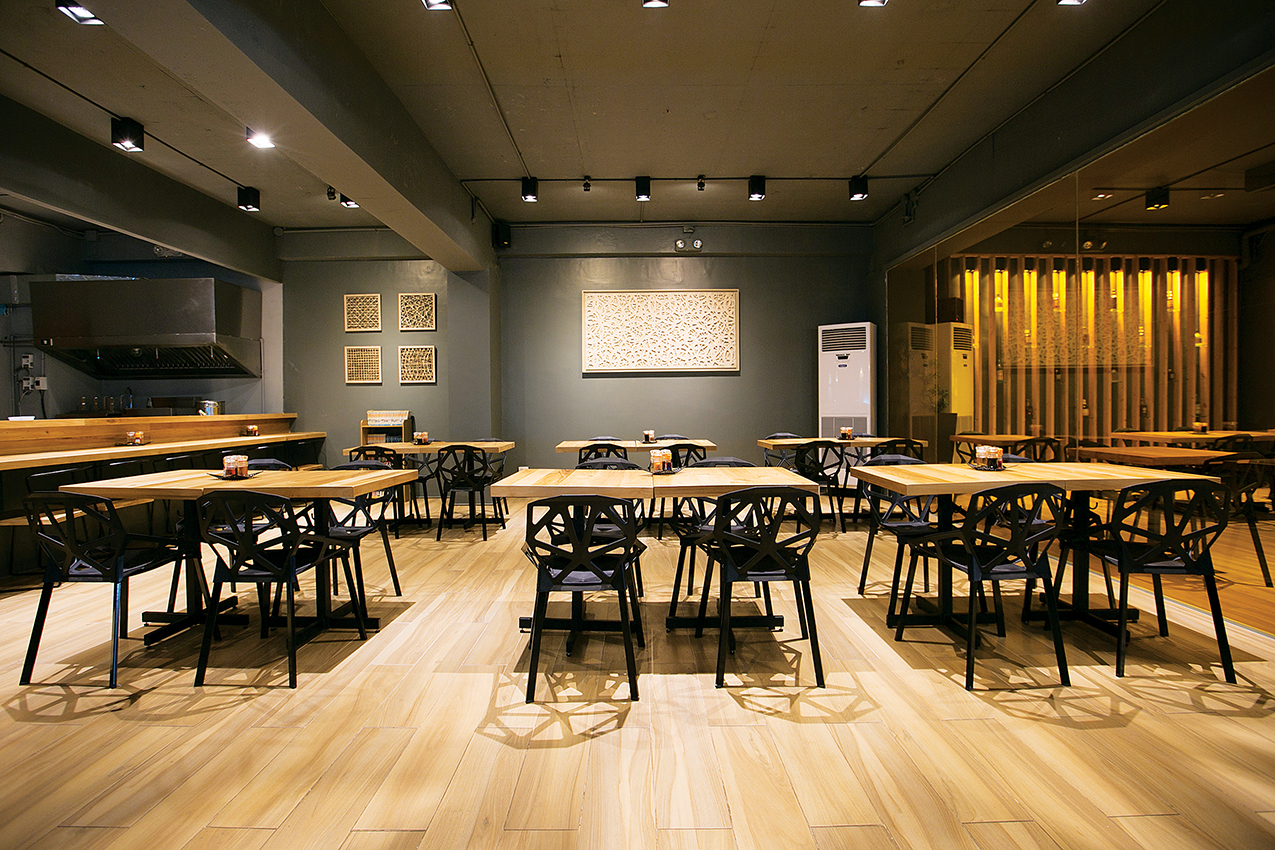
One can never go to too many restaurants. It’s always fun and exciting to try new flavors, especially for foodies like the Cebuanos. With that in mind, we give you 4 new restaurants you should try. You can thank us later.
Palermo

by Patty Taboada
You can never really go wrong with Italian food, so heading out to Mactan Island for some pizza and pasta is worth the long drive, especially if you’re going to Palermo at Plantation Bay Resort & Spa. For someone who has made that journey twice already, I can make this statement with confidence.
My first time around wasn’t completely intentional: A friend and I planned to try the resort’s nightly themed dinner buffet, but the terrible traffic on that particular payday Friday caused us to miss it altogether. The night wasn’t a total waste, however, as opting to dine at Palermo instead made for a more intimate and wonderful dinner experience. Back then, the restaurant had wood furnishings and red terra cotta tiles which, along with the red-and-white checkered tablecloths, gave off a rustic trattoria vibe.
Charming as it was, Plantation Bay decided to give Palermo a new and contemporary look to appeal to more diners. The result is a stylishly casual restaurant with cool gray walls to balance out the warmth of the wooden accents. Lights were also significantly dimmed, so the stained glass details stand out even more. All of these, general manager Efren Belarmino explains, are proudly Cebu-made.

As for the menu, it was heartening to know that despite the design overhaul, Palermo has retained many of its tried-and-tested favorites, while welcoming new additions. Their Hot and Spicy Gambas are a crowd favorite, and the roasted bell peppers are an interesting combination of soft and spicy sweet. The Jamon Bellota, made with free-range Iberian pigs fattened on acorns and cured for up to three years, also proved to be quite the hit. There are several options for their pizzas, pastas and steak. The blue cheese lover in me immediately went for the Fusilli Con Gorgonzola. The macadamia nuts added texture to the otherwise creamy sauce with that unique blue cheese kick. Managing editor Shari Quimbo opted for the Rib Eye Steak with Potato Wedges—a hearty dish that’s sure to be a crowd pleaser. All of these went down quite well with our wine.

Everything was so rich and filling that it was hard to make room for dessert, and it’s quite a challenge to pass up on Palermo’s delicious treats. The Banana Burnt Butterscotch Tart, also known as the Triple B, was a deliciously deadly treat, with a mix of flavors and textures. The Gelato Alla Menta—mint ice cream with chocolate chips in an almond basket—is also a must-try.
As far as Italian places go, there are a lot of choices within the city. But when you want to take the extra mile, you’ll find that Palermo in Plantation Bay is a hidden gem that’s worth the visit.
Plantation Bay Resort & Spa
Mactan Island, Lapu-Lapu City
6332. 505 9800
K-Pub BBQ

by Shari Quimbo
I confess, I was one of the many who went through a kpop phase. For a good two years after college, I was mesmerized by the bright colors, synchronized dance sequences and surprisingly catchy beats that seemed to be one of Seoul’s major exports. I got over that phase (thankfully) but there are a few things that stuck—a fascination with their beauty products, a general compulsion to make faces for pictures, and a deep-rooted romance with Korean barbecue.
Maybe I’m just a meat-lover or perhaps I’ve seen way too many TV series where the leading man feeds a lettuce-wrapped serving of samgyeopsal to his lady; but there’s something about a well-grilled piece of meat that appeals to me. Which is why, not surprisingly, when KPub’s Meat-All-You-Can menus arrived in Cebu, I found myself more than a little excited.
KPub BBQ opened its first outlet in Bonifacio Global City in 2013, and it’s been expanding its vibrant and fun way of Korean dining around the country since. “We’re happy to bring the concept of KPub to Cebu, especially now that Korea is becoming a favorite dining destination of Cebuanos,” says president and proprietor George Pua. “KPub brings in the vibrant food and culture for the local market to experience, and will be a welcome and unique addition to Cebu’s growing culinary landscape.”
While the restaurant has secluded VIP sections and an al fresco area, most of the restaurant is the main dining hall. Glossy marble-esque tables with built-in grills are arranged around a stage and three large screens that have, you guessed it, kpop music videos on loop. The playful songs seem to solidify the experience, especially when you take the waitstaff’s military jackets with golden epaulets in consideration.

KPub has four different packages for diners to choose from, all of which offer a variety of Korean side dishes and unlimited portions of meat which you grill at your table. There’s the Eat & Run package at P499 for an hour of grilling, which includes beef sukiyaki, pork belly, Korean-style bacon, marinated pork belly in sweet and spicy sauce, marinated pork chop, marinated chicken in sweet and spicy sauce and marinated chicken in sweet soy sauce. The Eat & Run Level Up at P699 includes all of the same dishes, plus garlic butter shrimp, marinated fish fillet, japchae, fish tofu, calamari, lamb chorizo and pizza. The No Limits package at P899 with unlimited grilling time, includes premium beef selections such as So Galbi (marinated beef short rib), L-A Galbi (marinated cross-cut beef short rib), So Bulgogi (marinated beef slice in sweet soy sauce), and Dwaeji Bulgogi (marinated pork slice in sweet soy sauce). If you’re really feeling indulgent, though, get the To The Max package—at P999, you get everything mentioned above, plus salmon belly, salmon steak, fresh prawns, crab sticks, tempura platter, seafood pizza, seafood kimbab, seafood japchae, fried dumplings, assorted vegetables and fried spring rolls.
Of course, for those who are a bit more conscientious about their food intake, they can order a la carte or sample KPub’s version of Korean chicken. Oppa! Chicken offers selections that are fried twice—the traditional Korean way which makes the skin more crispy—and comes in various flavors. The Original, Soy and Garlic, and Sweet and Spicy are surely flavorful, but my dining companions all agreed that the Snowing Cheese rose higher in taste than the rest.
This I can assure you—when you choose to eat at KPub BBQ, you are going to leave feeling very stuffed. With the amount of food their packages include, there is just no other way to it. Their incredibly delicious offerings and the very helpful staff make it an easy dining experience. In fact, if I could have grown another stomach, all the meat that I could would have been a lot more.
2F Terraces, Ayala Center Cebu
032 410 7590, 410 8592
[FB] KpubBBqTheTerracesCebu
Señor Kimchi

by Michael Karlo Lim
I’d reference the migratory clichés of Mexicans and Koreans, if only us Pinoys were immune to the same. But, no. If anything, there are more similarities among Mexicans, Koreans and Pinoys than meets the eye. Across the board, there’s fantastical religiosity, extended families more knotted than their declared tightly knit, some generational and cultural scarring from some or several foreign occupations, what appears to be contentment with discontent and other sweeping generalizations. That last one was a disclaimer. Across the border, the American Dream. Of course, there’s the love for food. I’ll admit I thread myself through the uncomfortable knots at family gatherings only for the good stuff.

Downtown LA comes down to town via Señor Kimchi, one of the first purveyors of the MexiKor food trend on the island. Fusion cuisine can quickly morph into confusion but Mexican and Korean seem to marry well with similarities in punch and layered flavors. Both intricately layered and spiced, the divide is set between the earthier in the former to the tart and funky of the latter.
Extra large brown mushrooms are stuffed with crabmeat and cream cheese, battered and deep-fried, split, sprinkled with cilantro and drizzled with homemade spicy aioli in their Mushroom Poppers. The blank slate earthiness of the mushrooms make for a great base for the savory cheese and the briny kani. Frying made it golden; cilantro anchored Asia with the aioli putting it along the spice trade route of old. Easily my personal favorite, it’s aptly named as there is a tendency to just keep popping one piece after another into your mouth.

A global nod to the fusions come by way of the Pandesal Sliders, among their house specials. The everyday-everyman explodes with baby spring onions, shredded greens and local tomato slices topped with spicy aioli and your choice of meat—in our case, Bulgogi Beef. The soy sauce, sugar, garlic and black pepper combination in the marinade is not quite unlike local preps. Eomeoni comes in with sesame oil profusions of scallions, onions and ginger to push the flavor beyond bistek to SoKor.
Flour tortillas are quite versatile, in that they can carry assortments of toppings that usually work. Fresh kimchi slaw and homemade pepper paste top spicy pork in Señor Kimchi’s Korean BBQ Tacos. A special tropical salsa with mangoes pays homage to local pride.
Rice is an unnecessary starch in my book, but there is no denying the beautiful combination of the spicy pungency of kimchi on plain, boiled rice. A stir-frying to fuse the two is quite the Korean alchemist’s trick with red bell peppers, onions and carrots figuring in the aromatics in the Kimchi Fried Rice. A generous topping of Bulgogi Beef and an oozy fried egg stood as solid proteins.
A variety of local and imported beers are available, but the obvious choice was a Corona. Mexican-American, you know? DTLA. This light, easy beer is pleasantly malty with a latent tartness brought about by that lemon wedge. Perfect for the bright and easy dining atmosphere packed with chic downtown details and arresting, thematic graffiti. Rough finishes, patchy tiling, “rusted” pendant lights, reclaimed wood look and bursts of color. The City of Angels may still be a US Visa approval away, but it might as well be right smack in the new neighborhood of Axis Entertainment Center. Si, señor, at Señor Kimchi.
Axis Entertainment Center-Vibo Place, Escario Street, Cebu City
0943 450 2445
Ramen Kamekichi

by Patty Taboada
“Spicy level three?” a good friend asked, part skeptical and part admiring, as I placed my usual order of a chashumen. This was at Ramen Kamekichi about a year ago—incidentally, this was the last time I found myself at their branch in Mabolo. Our other dining companions ordered their bowls of ramen at reasonable levels of hotness (that is, level one or not spicy at all), while I, a lover of all dishes with that extra kick, apparently have the tolerance of a superhero.
If there’s one dish I could eat for the rest of my life, it’s ramen. Ask anyone who knows me, and they’ll tell you that the first place I’d suggest for a meal would be a ramen place, even if it’s right in the middle of a summer heatwave. Ramen Kamekichi was one of my favorite places for ramen, so you can’t possibly imagine the anguish I felt when I thought they had closed up for good.

Fast forward several months later, and I was brimming with excitement as I entered the new Ramen Kamekichi along Gorordo Avenue. While the original branch was comfortable and unassuming at best, the new restaurant embraces a modern and stylish look, decked with cool shades of teal and warm wooden accents—a definite upgrade. As much as I was impressed with the décor, however, I had a craving and an empty stomach to satisfy.
We start off the meal with a generous helping of Okonomiyaki, another favorite Japanese dish. Unlike the many others I’ve had, Kamekichi’s version was topped with bonito flakes, giving the dish that distinctly alive look and a unique flavor. The Seafood Chahan was a crowd-pleaser with its hearty and filling taste. There were also plates of Gyoza, Buta Ika Shougayaki and Yakitori—all of them incredibly delicious, by the way. I would’ve finished them all if I wasn’t anticipating the ramen.

Finally, the Jigoku Chashumen arrives—at spice level one only, but I had to play nice and share. While it lacked the kick I was used to, it was the same ramen I knew and loved from all the way back, complete with a big serving of noodles, some mushroom slices, chashu, spring onions and other spices. The broth was flavorful without being too overwhelming. We also try out the Tonkotsu Ramen and the Miso Ramen, and both were delicious in different ways, assuring there’s something for everyone.
The regular patrons of the original Ramen Kamekichi would be pleased to know that while a different family now runs the restaurant, they have retained the chef as an industrial partner. The result is a much better restaurant and location, while serving the same dishes—and more offerings—that has made Ramen Kamekichi a longtime Cebuano favorite. As for me, I’m definitely going back for that spicy level three chashumen soon.
38 Gorordo Avenue, Cebu City
632. 261 1018
[FB] Ramen Kamekichi
[INSTA] @ramenkamekichi
Originally published in Zee Lifestyle, March 2016
Arts & Culture
Kultura. Kapital. Kasalukuyan: Art that Speaks of Today

by Jose Carlos G. Campos, Board of Trustees National Museum of the Philippines
The National Museum of the Philippines (NMP) and the Bangko Sentral ng Pilipinas (BSP) recently teamed up to prove that money isn’t just for counting—it’s also for curating! Their latest joint exhibition, Kultura. Kapital. Kasalukuyan: Contemporary Art from the Bangko Sentral ng Pilipinas Collection, is now open, and it’s a real treat for art lovers and culture buffs alike.
On display are gems from the BSP’s contemporary art collection, including masterpieces by National Artist Benedicto Cabrera (Bencab), along with works by Onib Olmedo, Brenda Fajardo, Antipas Delotavo, Edgar Talusan Fernandez, and many more. Some of the artists even showed up in person—Charlie Co, Junyee, Imelda Cajipe-Endaya, Demi Padua, Joey Cobcobo, Leonard Aguinaldo, Gerardo Tan, Melvin Culaba—while others sent their family representatives, like Mayumi Habulan and Jeudi Garibay. Talk about art running in the family!

Deputy Governor General of the BSP, Berna Romulo Puyat

Chairman of NMP, Andoni Aboitiz
The BSP Governor Eli M. Remolona, Jr. and members of the Monetary Board joined the event, alongside former BSP Governor Amando M. Tetangco, Jr., Ms. Tess Espenilla (wife of the late Nestor A. Espenilla, Jr.), and the ever-graceful former Central Bank Governor Jaime C. Laya, who gave a short but enlightening talk about the BSP art collection.
From the NMP, Chairman Andoni Aboitiz, Director-General Jeremy Barns, and fellow trustees NCCA Chairman Victorino Mapa Manalo, Carlo Ebeo, and Jose Carlos Garcia-Campos also graced the occasion. Chairman Aboitiz expressed gratitude to the BSP for renewing its partnership, calling the exhibition a shining example of how financial institutions can also enrich our cultural wealth.

Former Governor of BSP Jaime Laya

Governor of BSP Eli M. Remona and Chairman of NMP Board Andoni Aboitiz
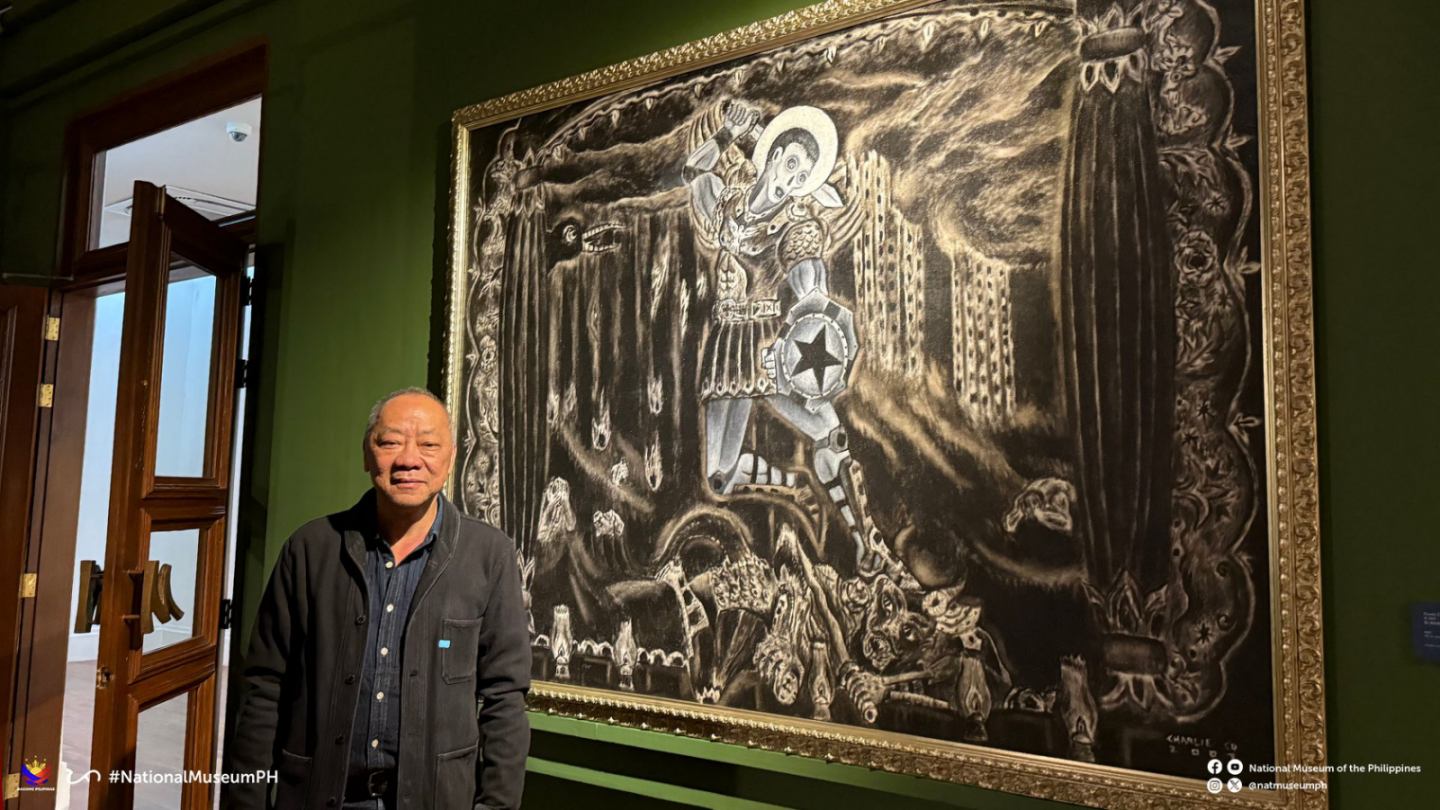
Artist Charlie Co
Before the official launch, a special media preview was held on 5 August, hosted by BSP Deputy Governor Bernadette Romulo-Puyat and DG Jeremy Barns. It gave lucky guests a sneak peek at the collection—because sometimes, even art likes to play “hard to get.”
The exhibition Kultura. Kapital. Kasalukuyan will run until November 2027 at Galleries XVIII and XIX, 3/F, National Museum of Fine Arts. Doors are open daily, 9:00 AM to 6:00 PM. So if you’re looking for something enriching that won’t hurt your wallet (admission is free!), this is your sign to visit. After all, the best kind of interest is cultural interest.

Monetary Board of the BSP, Walter C. Wassmer
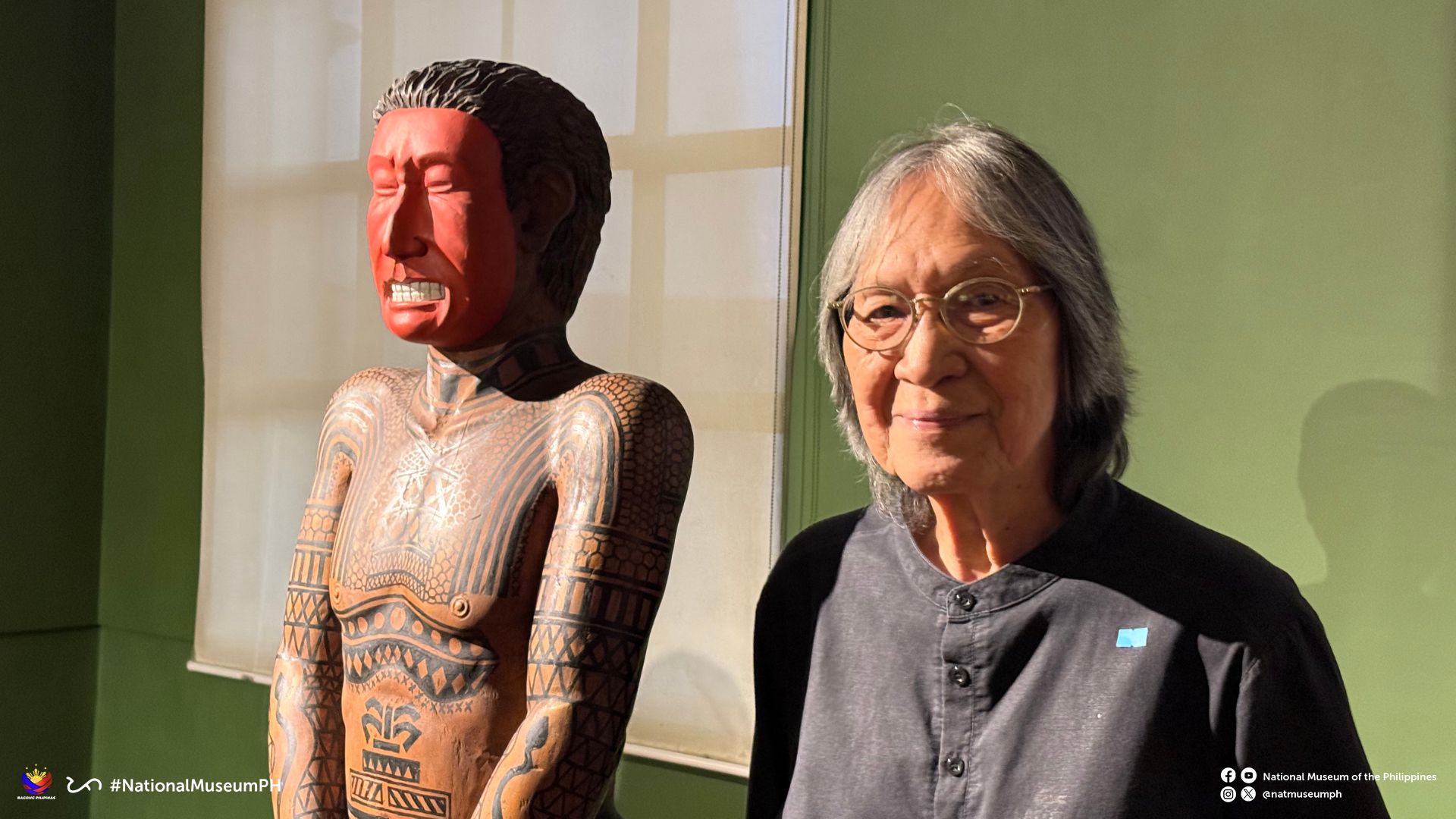
Luis Yee, Jr. aka ‘Junyee’ The Artist beside his Sculpture
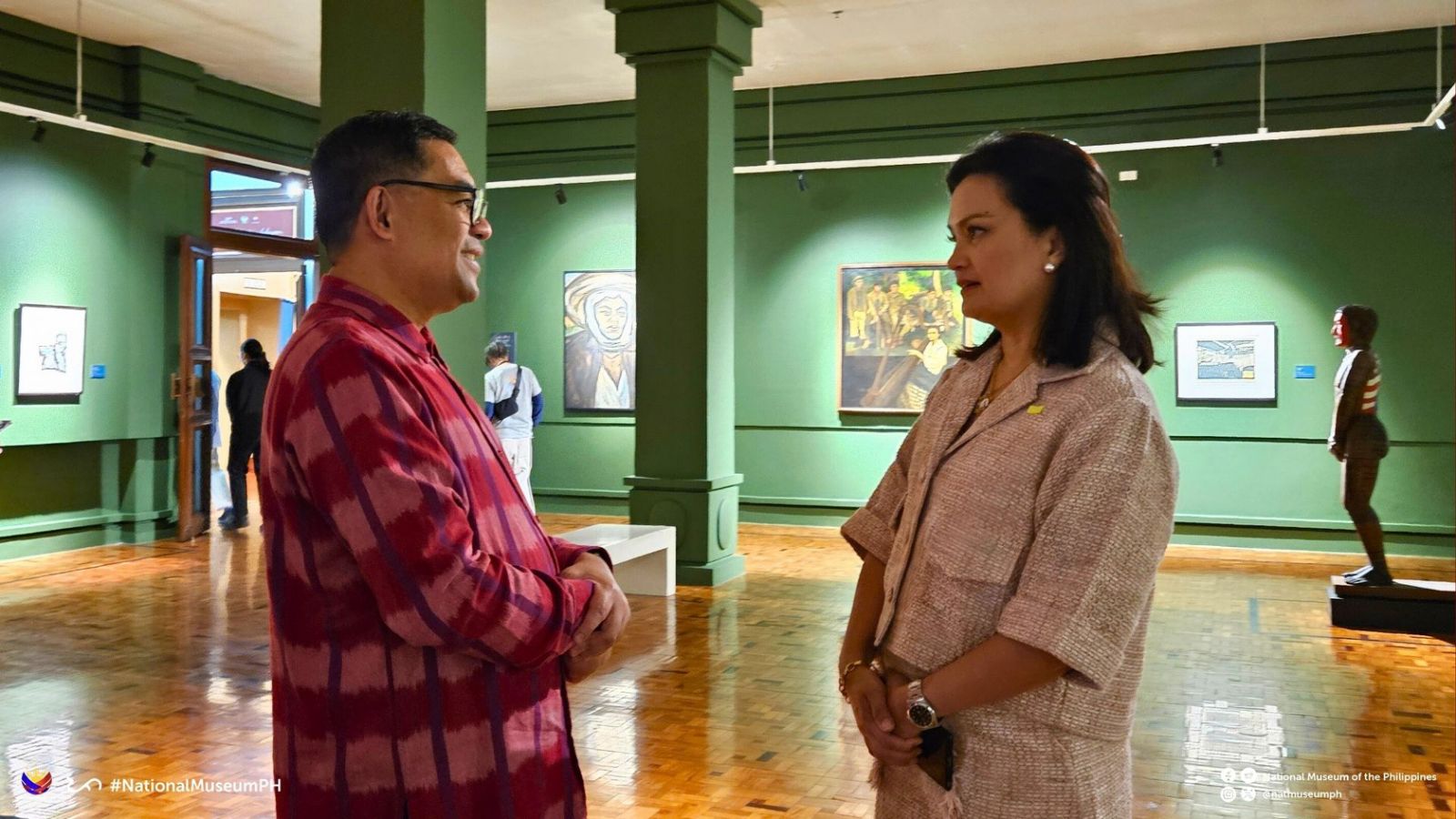
Arvin Manuel Villalon, Acting Deputy Director General for Museums, NMP with Ms. Daphne Osena Paez
Arts & Culture
Asia’s Fashion Czar I Knew as Tito Pitoy; Remembrance of a Friendship Beyond Fashion with Designer Jose R. Moreno
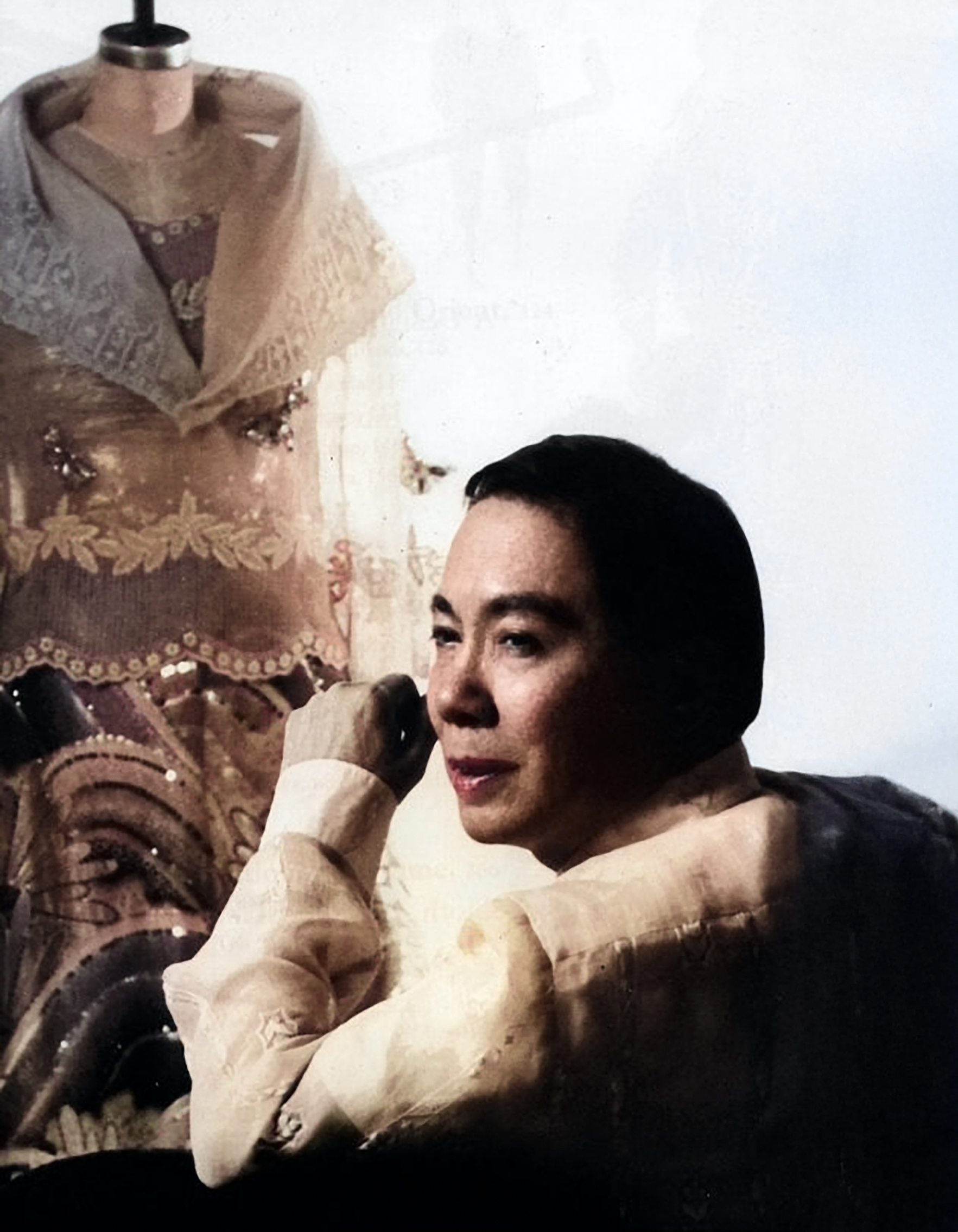
by Jose Carlos G. Campos, Board of Trustees National Museum of the Philippines
My childhood encounter with the famous Pitoy Moreno happened when I was eight years old. My maternal grandmother, Leonila D. Garcia, the former First Lady of the Philippines, and my mother, Linda G. Campos, along with my Dimataga aunts, brought me to his legendary atelier on General Malvar Street in Malate, Manila. These were the unhurried years of the 1970s.
As we approached the atelier, I was enchanted by its fine appointments. The cerulean blue and canary yellow striped canopies shaded tall bay windows draped in fine lace—no signage needed, the designer’s elegance spoke for itself. Inside, we were led to a hallway adorned with Art Deco wooden filigree, and there was Pitoy Moreno himself waiting with open arms—”Kamusta na, Inday and Baby Linda,” as he fondly called Lola and Mommy.
“Ahhh Pitoy, it’s been a while,” Lola spoke with joy.
“Oh eto, may kasal na naman,” my mom teasingly smiled.

Linda Garcia Campos and Pitoy Moreno’s friendship started when they were students in the University of the Philippines in Diliman.

When Dame Margot Fonteyn came for a visit to Manila, Pitoy Moreno dressed her up for an occasion.
We had entered a world of beauty—porcelain figurines, ancient earthenware and pre-colonial relics. It was like stepping into a looking glass, only Pitoy could have imagined.
Destiny led me back years later when my mother Linda told me that Pitoy Moreno was working on his second book, Philippine Costume, and needed research material and editorial advice. At this point, around the 1990s, I was in between assignments—unsure of how a broadcasting graduate like me could possibly contribute to a fashion icon’s masterpiece. Fortunately, I agreed to the project.
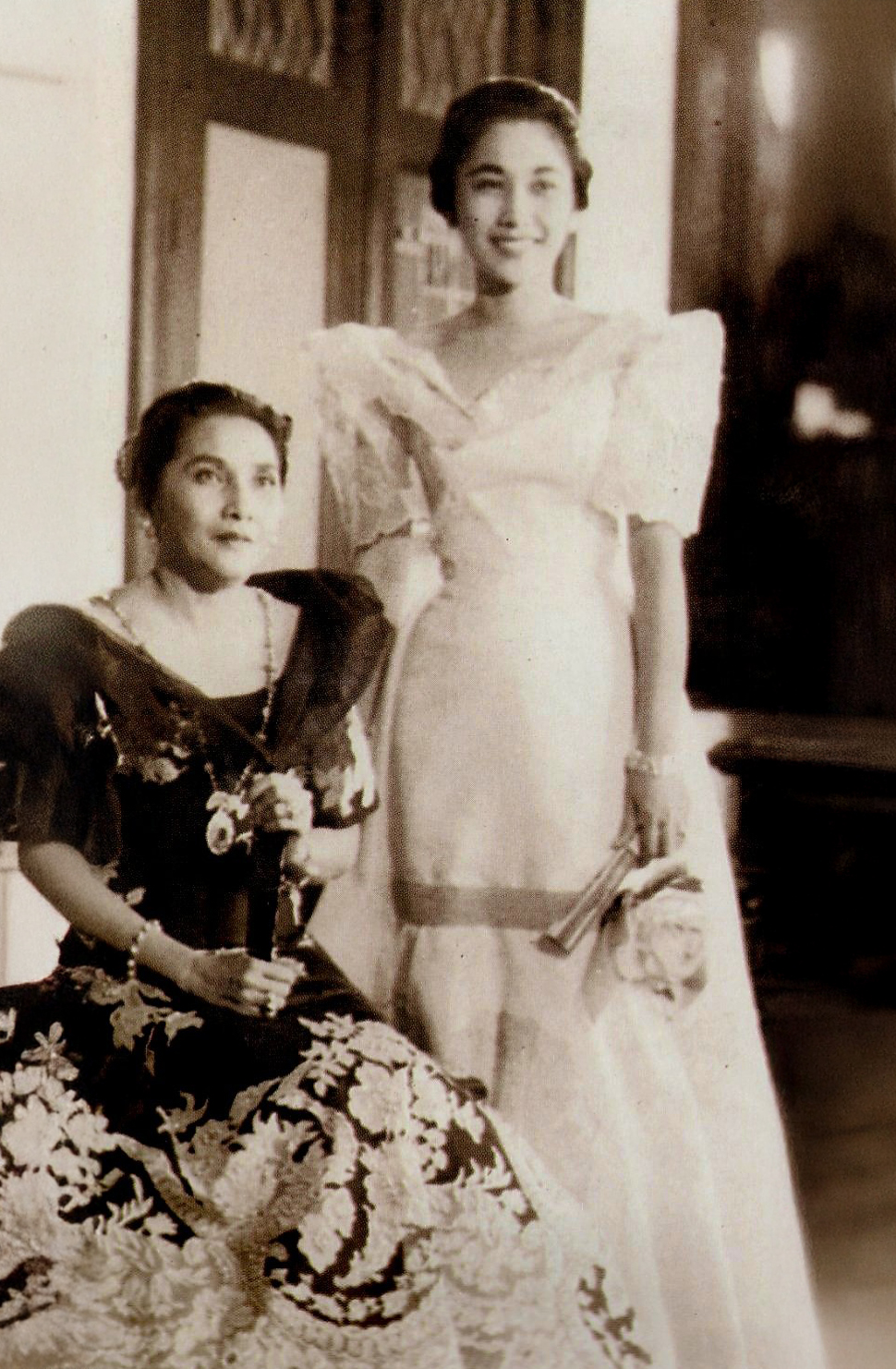
Former First Lady Leonila D. Garcia and daughter Linda G. Campos in Malacañang Palace.
Returning to the designer’s atelier brought back a rush of pleasant memories. The gate opened, and there stood Pitoy Moreno, beaming as always.
“Come in, hijo. Let me show you what I have in mind—and call me Tito Pitoy, okay?”
He led me to his worktable.
“I want to publish a book that tells the story of Philippine fashion—from our pre-colonial roots to the present. A designer’s collection of images and heritage expressed in clothing.”
I was awestruck. “How can I help you?” I inquired.
“Did you know that your mother, Linda, was my barkada in the University of the Philippines in Diliman?” he grinned.
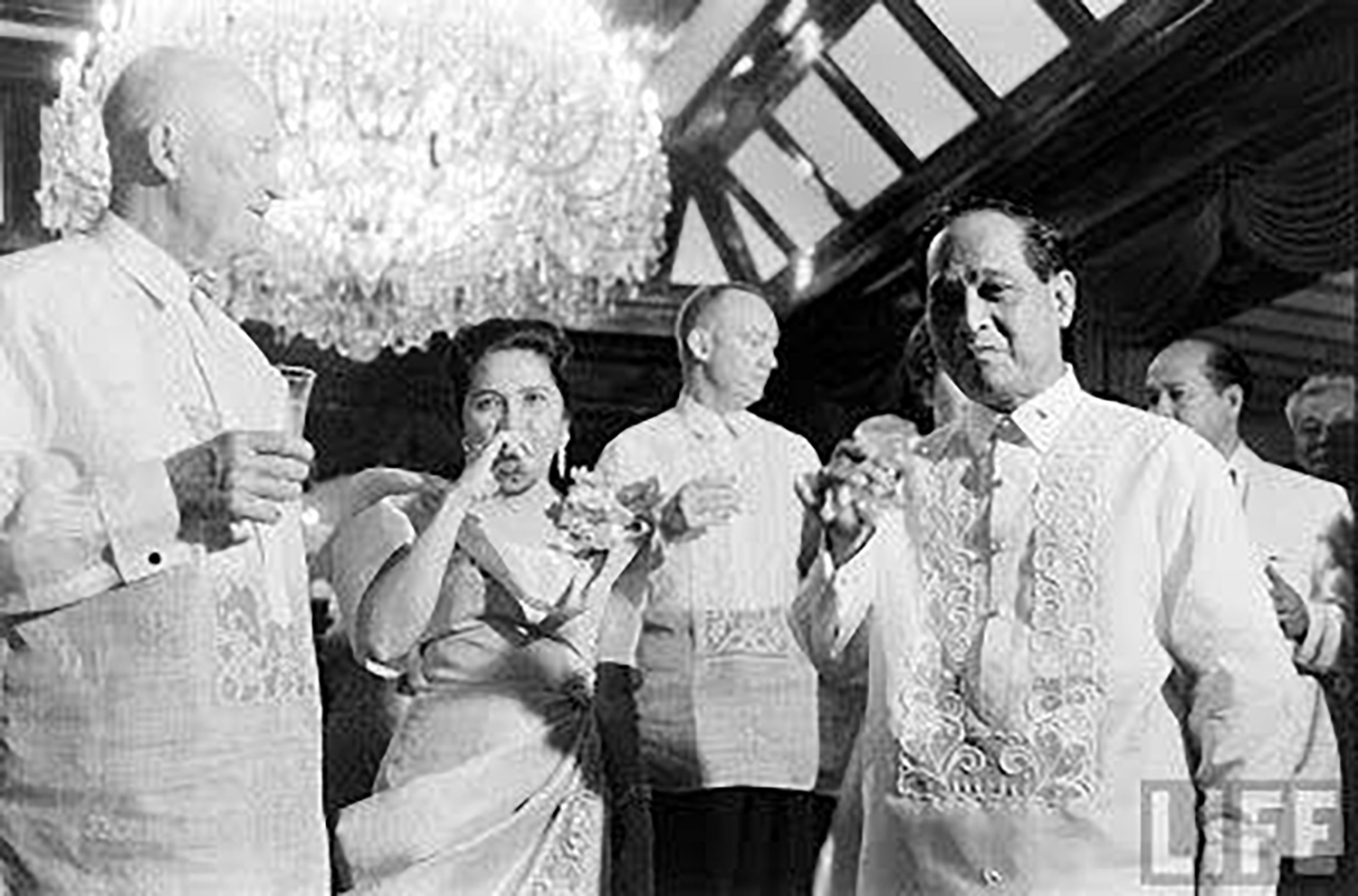
US President Dwight Eisenhower with First Lady Leonila Garcia and President Carlos Garcia in a state dinner at Malacañang Palace in Manila.
That friendship soon led to one of the proudest moments of the designer’s life. He had the opportunity to dress not only the First Lady Leonila D. Garcia but also President Carlos P. Garcia during his term. It was also during this time that the President of the United States, Dwight Eisenhower, came for an official visit to Manila. The designer was able to make clothes for the President, his daughter, and his staff.
“Eisenhower even asked for discounts on the barong Tagalog,” Tito Pitoy laughed.
Tito Pitoy then asked if I could find a terno he had made for my Lola, the former First Lady, which she wore for President Eisenhower’s state visit in 1960.
“How about her other ternos, dated from the 1920s to the 1960s?” I offered.
He lit up.
I scoured my Lola’s extensive closet—it felt like unearthing a legacy. Tucked behind layers of vintage ternos from countless fashion designers, I found that terno, which was photographed by Dick Baldovino along with other pieces for the book project. Once the project was finished and I myself had moved on, my bond with Tito Pitoy never wavered.
When my Lola passed away, he was deeply touched when I personally informed him of the sad news. Once, at the wake of former Vice President Salvador Laurel, he asked me to assist him in the placement of the medals in the chapel.

Philippine Costume by Jose Moreno is the designer’s collection of images and heritage expressed in clothing.
Tito Pitoy later invited me to his 80th birthday celebration—a dazzling Manila affair in 2012. During the evening’s festivities, he handed me a printed copy of Philippine Costume and added warmly,
“Thank you, hijo. I’ll call on you for the next one.”
The highlight of his career—and his most unforgettable moment—came during the Metro Magazine Gala fashion show: A Tribute to Pitoy Moreno, Fashion Icon. A collection of evening gowns spanning six decades—many of them unseen and tucked away in his atelier—were revealed that night. When the finale came, Tito Pitoy walked the stage, triumphant and waving to a sea of admirers. Longtime friends from the industry, society’s finest, and fashionistas rose from their seats and gave him a standing ovation.
It wasn’t just to celebrate his craft and ingenuity—it was to honor the man who brought elegance, history, and heart in every stitch.
Arts & Culture
Queer Coding in Cinema: The Best Shows to Binge for Pride Month 2025

compiled by Edge Javier
As Pride Month 2025 goes into full swing, the best way to celebrate LGBTQIA+ voices is with a binge-worthy lineup of shows that center queer stories, joy, love, resilience — and yes, of course, drama. From groundbreaking recent series to must-watch staples and fan favorites, here are the top shows to stream this June that reflect the vibrant spectrum of the queer-coded experience.
1. Heartstopper – Season 3 (Netflix)
Nick and Charlie are back, and the coming-of-age sweetness is stronger than ever. Season 3 explores deeper emotional territory while keeping the wholesome tone fans adore. Expect more queer joy, nuanced relationships, and tearjerker moments that feel like a warm hug.

2. Drag Me to Dinner (Hulu)
Hosted by Neil Patrick Harris, this chaotic culinary competition pairs drag duos in a battle to throw the most fabulous themed dinner party. With outrageous challenges, surprise twists, and plenty of camp, queens serve up equal parts food, flair, and fierce shade. It’s RuPaul meets Top Chef—served with a side of sequins.

3. Queer Planet (Apple TV+)
Hosted by Janelle Monáe, this visually stunning docuseries dives into queerness in the animal kingdom and parallels in human identities. It’s smart, groundbreaking, and perfect for those who want to feel seen—and informed.

4. Fellow Travelers (Paramount+)
This period romance-drama set during the Lavender Scare continues to grip audiences with its tragic beauty and sharp historical insight. If you missed Season 1, now is the perfect time to catch up before the highly anticipated Season 2 lands later this year.

5. The Buccaneers – Season 2 (Apple TV+)
The unapologetically queer period drama returns with more scandal, sapphic yearning, and feminist rebellion among American heiresses navigating high society in 1870s London. Think Bridgerton, but with more edge and better sapphic representation.

6. Our Flag Means Death – The Finale Special (Max)
This fan-favorite pirate rom-com wraps up with a one-hour finale special airing this June. Whether you’re rewatching from the start or jumping into the last hurrah, this show remains a shining example of queer love told with heart and humor.

7. This Is Me Now… The Series (Prime Video)
Following Jennifer Lopez’s genre-blurring film-musical hybrid, the series version delves into themes of love, identity, and self-acceptance, and features cameos by queer icons and allies. It’s campy, messy, and made for Pride Month mood-boosting.

8. Sort Of – Final Season (Max)
This critically acclaimed dramedy about a gender-fluid millennial navigating love, grief, and identity in Toronto comes to a close with an emotionally rich final season. A thoughtful and often hilarious story that never loses its beating heart.

9. Red, White & Royal Blue – Limited Series (Prime Video)
After the hit film adaptation, the beloved queer romance returns in a serialized format, expanding on Alex and Henry’s story with new twists and deeper character arcs. It’s romantic escapism, elevated.

10. POSE: The Legacy (FX/Hulu)
This documentary miniseries honors the cultural legacy of POSE and the real-life ballroom legends who inspired it. Featuring interviews with cast, creators, and icons from the scene, it’s a must-watch tribute to queer history and resilience.

Whether you’re looking for laughter, tears, romance, or revolution, these Pride Month picks for 2025 offer it all—while honoring the complexity and beauty of LGBTQIA+ lives. So press play, turn up the volume, and let queer stories shine this June and beyond. Happy Pride! 🏳️🌈
-

 Arts & Culture2 months ago
Arts & Culture2 months agoAsia’s Fashion Czar I Knew as Tito Pitoy; Remembrance of a Friendship Beyond Fashion with Designer Jose R. Moreno
-

 Fashion3 months ago
Fashion3 months agoTo See and Be Seen: Philippine Terno Gala, A Celebration of Heritage and Couture
-

 Prime Target3 months ago
Prime Target3 months agoMia Durano: Shaping Art Into Brand
-
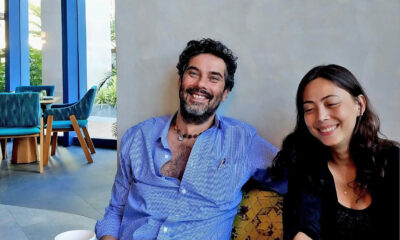
 QuickFx2 months ago
QuickFx2 months agoModern Indian Cuisine; Gagan Sethi and Gwen Trott Spice Things Up at Goa Nights in Cebu
-

 Style1 month ago
Style1 month agoThe Invisible Part of Fashion: Five of the Most Enduring Fragrances of All Times
-

 Events3 months ago
Events3 months agoSetting the Table for the World: How Cebu is Rewriting the Filipino Culinary Narrative
-

 Arts & Culture1 week ago
Arts & Culture1 week agoKultura. Kapital. Kasalukuyan: Art that Speaks of Today
-

 Scene1 week ago
Scene1 week agoA Stylish Soirée: Cebu’s Elite Celebrate Jackie Deen Lotzoff at Mad Thai


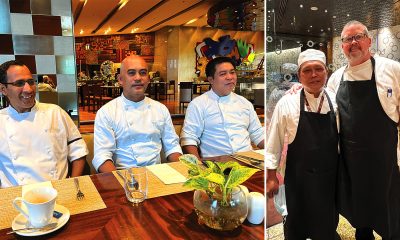



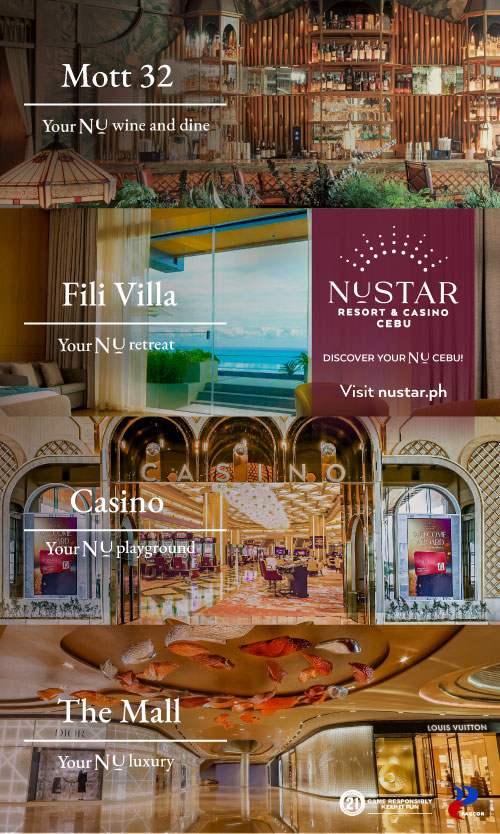







You must be logged in to post a comment Login